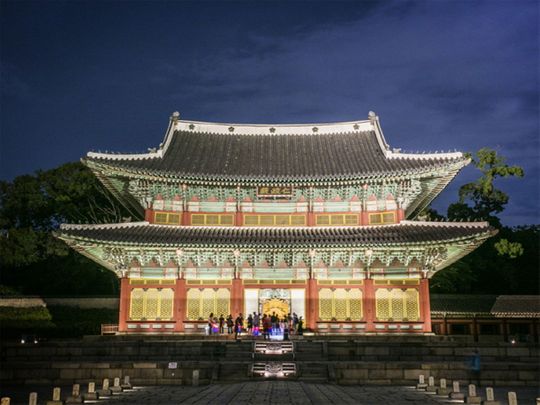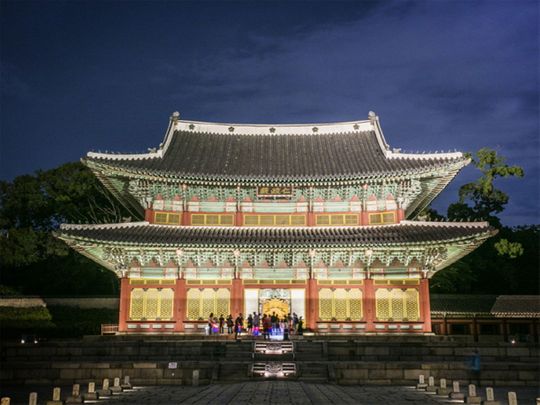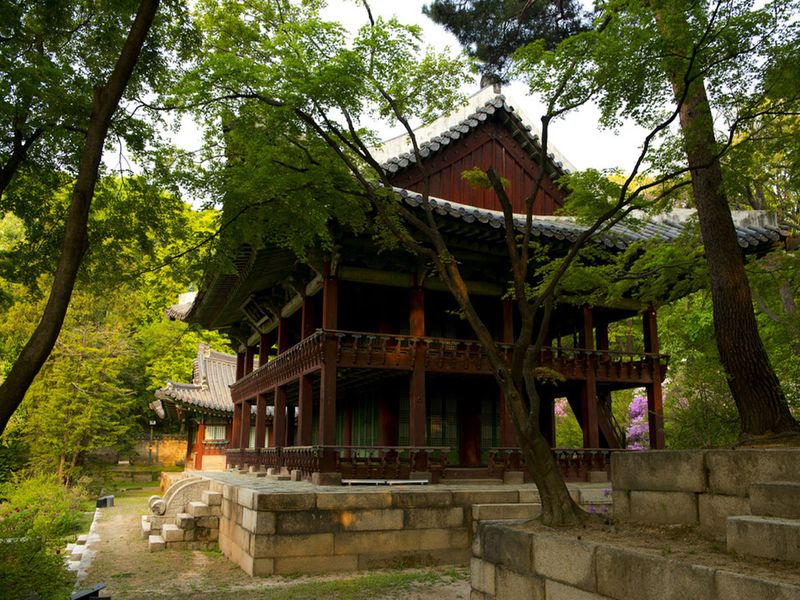After more than two years of dreams placed on hold, we are all back in the travel saddle again heading for lands with undulating hills embracing tranquil streams not far from whimsical villages where the locals line the roads welcoming back tourists from the States. It will all be magical again.
I’ve read numerous surveys about where Americans want to go, but much of it is wasted on me. For the most part, everyone wants to go back to Italy or, perhaps, to explore it for the first time. When we talk about post-Covid bucket lists, there are the eternal dream destinations, Bali, Botswana and a remaining ice floe or two in Antarctica.
But we don’t have relatives in Antarctica. No one has opened a trendy restaurant in our neighborhood featuring Antarctic cuisine. Our movies and our media are not filled with images of friends and the influencers we follow sitting stoically in Zodiacs against backgrounds of nothingness.
No. We’ll get to our long-term bucket-list destinations in good time. But for now, we must return to Italy.
But this time it is going to be different, and our clients and followers must be told that Italy is being challenged as never before. How will it handle the crowds, the demand and the pressures created when the art of photography has given way to an amateurish passion for lousy, self-made photographs?
A photograph is no longer something we might cherish, a lasting image that stirs the travel soul and produces a minefield of memories. Instead, tourists take as many shots as possible and think the photos will be more enticing if the photographer is stuck in the middle of the layout.
Selfies have become a kind of currency; they show friends and social media distant acquaintances that you have a life of value. And while some say they once traveled a certain road, your selfies prove beyond a shadow of a doubt that you were just there. Imagine that.
- Related: Fed up with bad behavior, destinations are striking back
So here come the tourist hordes traveling light with water bottles and an iPhone. They are heading everywhere in Italy, but Portofino is near the top on many lists. So let’s be aware that legislation has been introduced to assess fines of up to $270 for selfie-takers who linger long enough to block traffic or sidewalks along the bay.
In Liguria, there are now fines of up to $2,700 for tourists who attempt to traverse the walking paths in the five villages of Cinque Terra clad in flip-flops or sandals. Appropriate hiking shoes must be worn for hikes; to understand this, you must realize that no Italian would ever ride their bicycle without a special bike-riding uniform.
In the major centers of Venice and Florence, the Italians have about had it with “snackers.” Within the city center of Venice you can be fined for trying to snack on the street or while walking. Florence enacted similar laws.
How many hours over how many years have I paused on the Spanish Steps in Rome to add some observations to my journal? But today, I can be fined $270 just for sitting on those steps.
On some Italian beaches it is now illegal to build a sandcastle. The fines run up to $270 per offense, and the purpose is to remove “unnecessary” obstructions on the sand.
Will selfie tourism be stopped? In 2019 Italy received 65 million visitors, and tourism was about 13% of the country’s GDP. Today, in the historical center of Venice there are an estimated 49,365 residents and 48,596 tourist beds.
Venice may need to be more concerned about drowning in humans than in water. But as the drowning continues, you can be certain that selfies will record the event.
After a three-year hiatus, foreign language-guided nighttime tours at South Korea’s Changdeokgung Palace will resume tomorrow, May 28.
Called the ‘Moonlight Tour’, the night-time tour allows visitors to enjoy an evening stroll around the royal palace holding a ‘cheongsachorong’, or a traditional lantern to light the way.
The guided tour is organised by the Cultural Heritage Administration’s Royal Palaces and Tombs Center and the Korea Cultural Heritage Foundation.
While the night-time tour was open to public in 2021 and 2022 as well, it is the first time since the COVID-19 pandemic that foreign visitors will be able to book guided tours in English, Chinese, and Japanese languages.
The foreign language guided tours for foreign tourists and non-Korean speakers will be available on two nights only – May 28 and June 4.
Changdeokgung was designated a Unesco (United Nations Educational, Scientific and Cultural Organisation) World Heritage Site in 1997. Though damaged, destroyed, rebuilt, and replaced throughout its history, it is known to be the most well-preserved palace of all the royal palaces from the Joseon Dynasty (1392 – 1910).
The palace is the second oldest in Seoul after Gyeongbokgung and was used as a secondary palace when first built. Located east of Gyeongbokgung Palace, it is regarded as a masterpiece of Korean palace architecture.
The Unesco website states that the palace was built following the principles of pungsu-jiri, Korea’s version of Chinese feng shui. It is an ancient architectural principle, which involves the placing or arranging of buildings or other sites auspiciously, based on topography, to bring peace and prosperity.
According to the official website of the palace, it was built in 1405 by King Taejong, the third ruler of Joseon.
“All palaces in Seoul were burnt down during the Japanese invasion in 1592, and Changdeokgung Palace became the first palace to be rebuilt in 1610. Since then, it became the primary palace for about 270 years where 13 kings including the last monarch dealt with state affairs,” says the website.
The palace is also well-known among tourists for the Huwon Secret Garden. The 78-acre garden takes up about sixty per cent of the palace grounds and was used as a place of leisure by members of the royal family.
According to an April 6 article on the South Korean news website koreaherald.com: “[During the tour,] visitors will start at Donhwamun and walk through major buildings such as Injeongjeon, the main hall, and Huijeongdang, the reception hall. Visitors will be treated to the sounds of ‘daegeum,’ a traditional Korean woodwind instrument, and ‘ajaeng,’ a traditional string instrument, at the garden of Nakseonjae.
“Upon entering the Buyongji Pond area, visitors will come across a reenactment of the king and queen walking in the garden.
“A traditional Korean musical performance will also be staged at the Yeongyeongdang Hall, which was built by Crown Prince Hyomyeong as a banquet venue. A traditional dance called ‘Bosangmu’ has been newly added to this year’s program. The dance was created by the crown prince to celebrate the 40th birthday of his mother, Queen Sunwon, in 1828.”
The tour usually takes one and a half hours, and one ticket costs 30,000 won (Dh83.24).
Source: Read Full Article



